Underground submarine base in Balaclava - Object 825
In the 50s, at the very beginning of the Cold War, the USSR and the USA gradually increased the arsenals of atomic bombs, warheads, rockets and torpedoes, threatening each other with preventive strikes and retaliation. It was then that Stalin gave Beria a secret order: to find such places where submarines could be based for delivering a nuclear strike. The choice fell on the quiet Balaclava: the city was immediately classified, its name was no longer mentioned on the map of Crimea.
The project Balaklava underground plant for the repair of submarines, Stalin considered and endorsed personally.
Submarine base or 825 object briefly:
started building at 1957, completed at 1961;
first the military was built, then the Moscow, Tbilisi and Kharkov metro-builders joined;
plant and arsenal anti-nuclear shelter first category on 3000 people and autonomy 30 days
The thickness of the rocky ground above the 126 object at the highest point;
in asylum mode, the channel was based on 9 (8 + one at dock) of the 613 and 633 boats;
Channel length 505; water surface width from 6 to 8,5; depth from 6 to 8,5
complex cast in 1995 year, the museum opened 3 June 2003 year
the plant and the mine-torpedo part are closed to the public. They show an arrest, a dock, a canal in the dock area.
General view of the Balaklava Bay. Exit to the Black Sea, portals, the city and just a beautiful view ... In the center is a mountain, under which there is an arsenal, a canal and a factory for repair, maintenance and equipment of submarines.
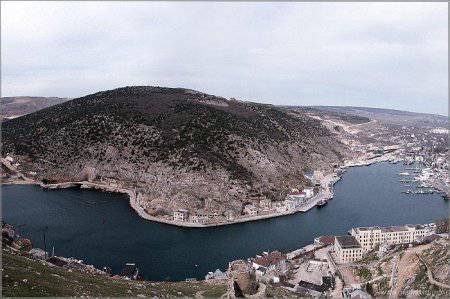
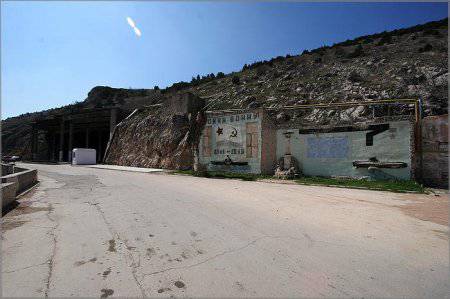
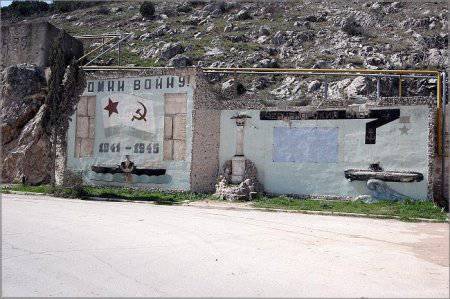
Portal for access to boats in the Black Sea
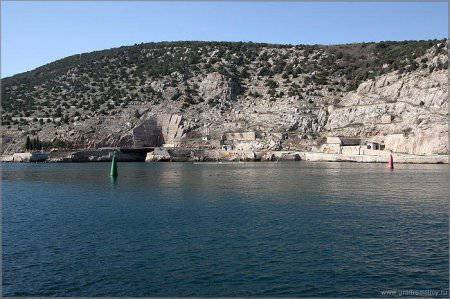
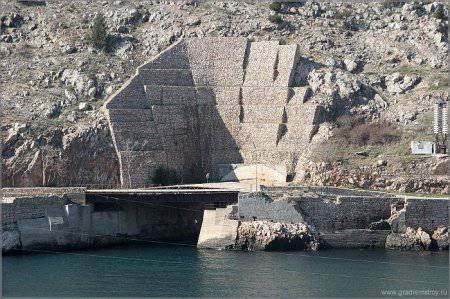
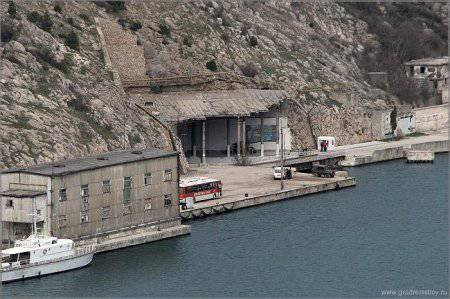
Entrance to Arsenal
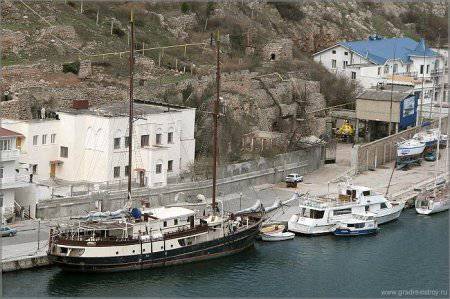
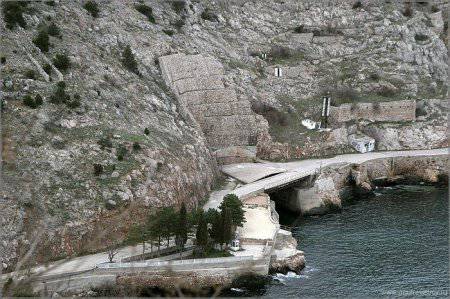
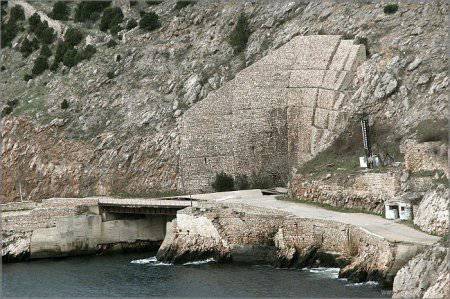
The underground plant was built in the anti-atomic ratio of the first category of resistance with punching of rocky soil of a high degree of protection and security. It had large production areas, including a dry dock and an underwater channel for the simultaneous entry of eight submarines (both in the surface and in the submerged position). The entire factory infrastructure was completely isolated from the outside world with the help of blocked underwater locks. The fighting boats were repaired offline and went through a special channel directly to the open sea. For the purpose of conspiracy, only one submarine was allowed into the underground complex and released only at night. Therefore, counting the number of boats, which also often changed the onboard numbers, in Balaclava was almost impossible.
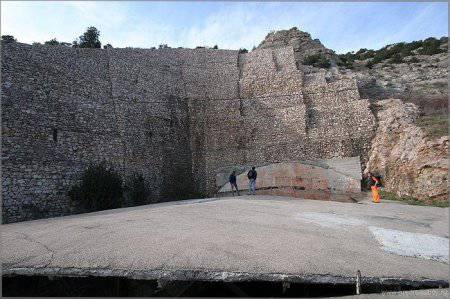
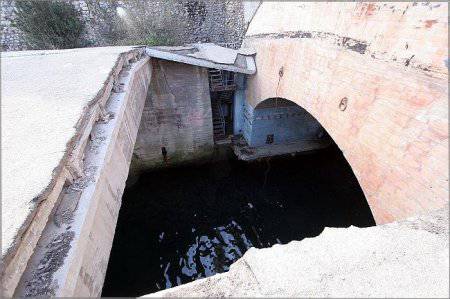
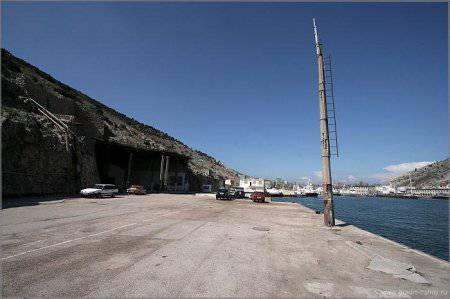
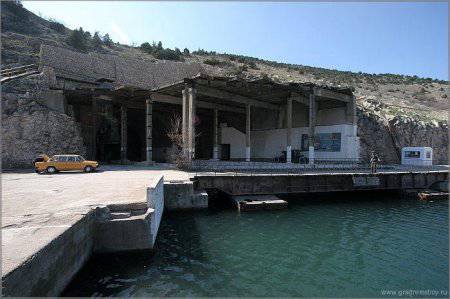
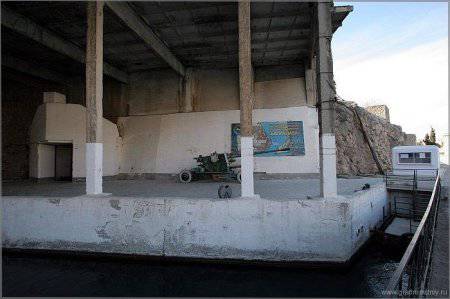
Entry portal. On the right - the entrance to the plant and the mine and torpedo part
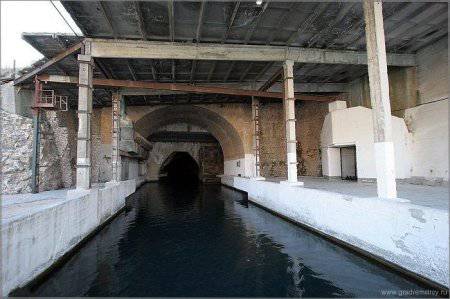
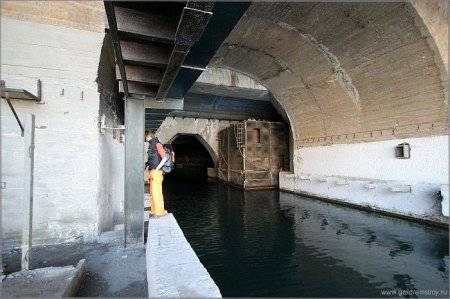
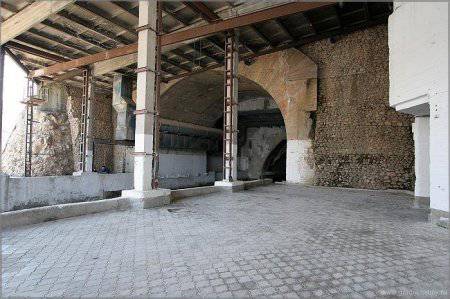
The submarines climbed into the rock galleries under their own power through a channel of more than 600 meters in length and 8,5 in depth. This unique structure is located both in the underwater part of the Balaklava Bay, and at the water level in the rock, whose height reaches 126 meters. Nearby there was a production workshop and utility rooms with a total length of 300 meters. The largest diameter of the gallery is the 22 meter. On the side of the bay, the entrance to the tunnel was blocked by a 150-ton floating boat-port, which pops up after blowing air. This allowed completely “plugging” an underground object. The same boat-port, but only of smaller size, was installed in the underground dry dock. When the boat entered the surface position, the boat port was closed, water was pumped out of it and the boat was docked. The exit to the north side was also blocked by the botoport, which was set aside, releasing submarines into the open sea. The entrance to the tunnel from the north was so cleverly disguised that the uninitiated person would never find the adit, even at close range. Thus, the underground complex was completely isolated from the external environment. His defense made it possible to withstand a direct hit of an atomic bomb with a power up to 100 kilotons.
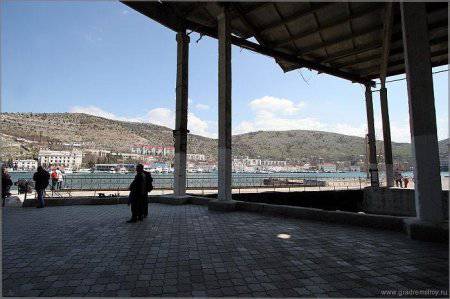
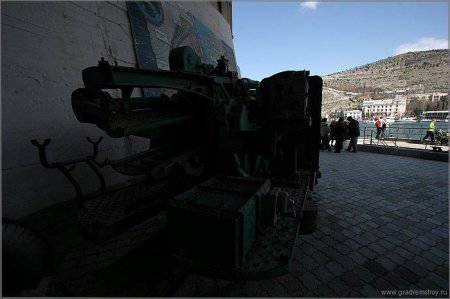
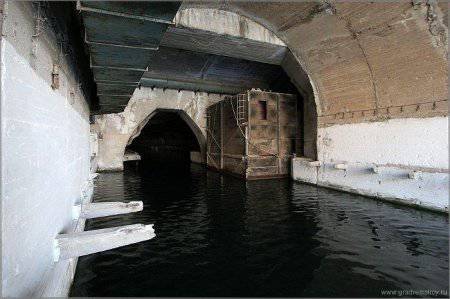
Next to the adits, a rocket warehouse was built. weapons and storage of nuclear weapons. An underground fuel depot, built in the form of underground vertical tanks, made it possible to store up to 4 thousand tons of petroleum products. Under the protection of a multimeter stratum of rocky soil, torpedoes, rockets, artillery ammunition and other necessary cargo were brought up from the vault along the narrow gauge road to the underground pier. It also housed a workshop for routine inspection and repair of assemblies and parts of ships. The western exit from the canal was closed with a special structure - prefabricated reinforced concrete slabs of 2 meter thickness, 10 length and 7 height in meters.
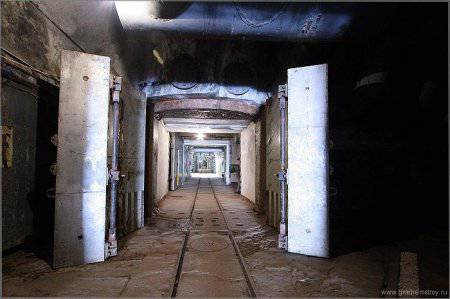
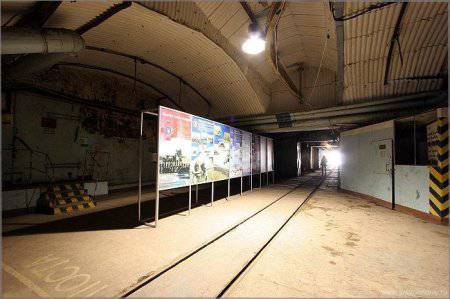
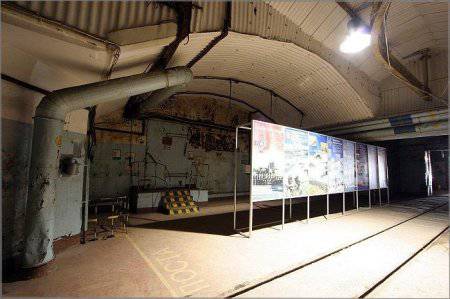
In the secret workshops there were from 170 to 230 people who served the dock and other engineering systems of the underground facility. Another 50 man entered the division of water security and carried a permanent service at three posts: at the entrance and exit from the tunnel and near the dock. The total area of all underground structures exceeded 15 thousand square meters, and the channel along which the submarines passed was wider than the Balaklava bay itself. Individual rooms reached the height of a three-story house ...
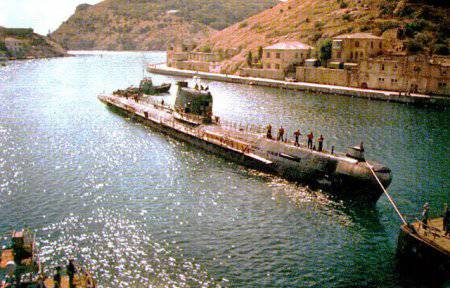
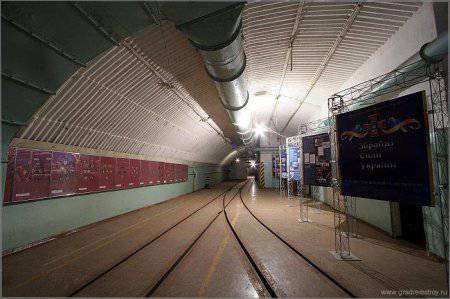
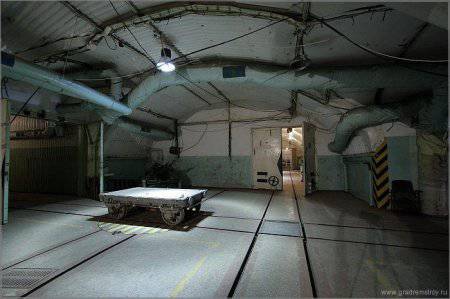
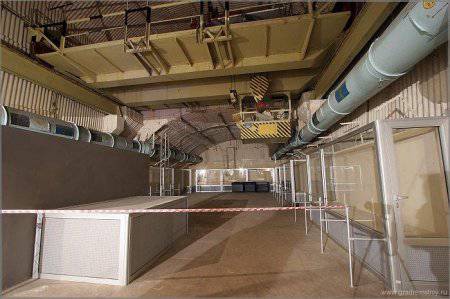
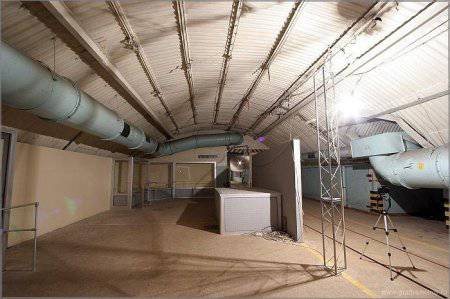
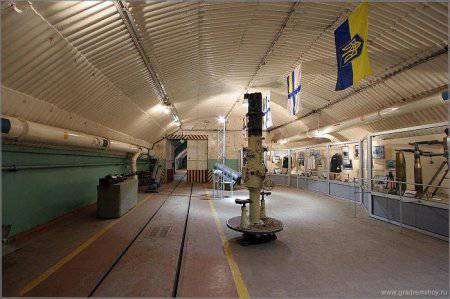
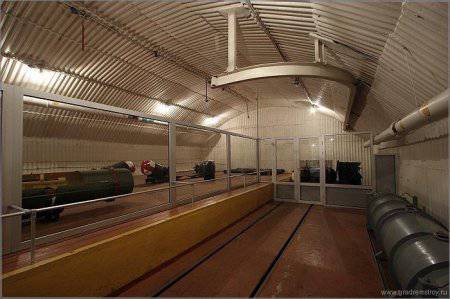
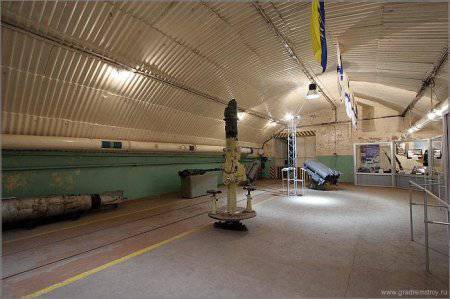
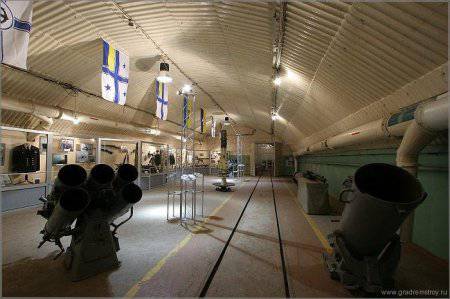
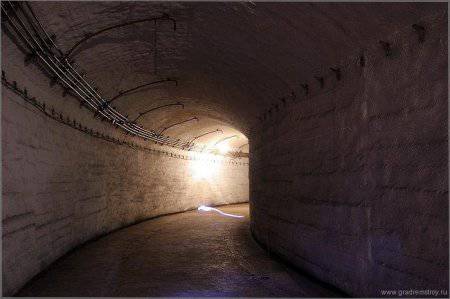
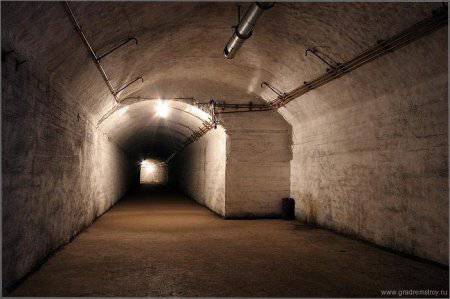
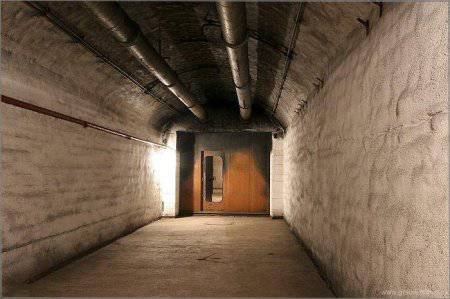
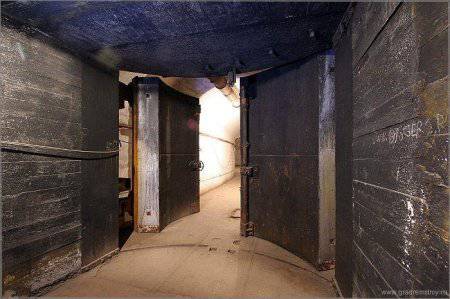
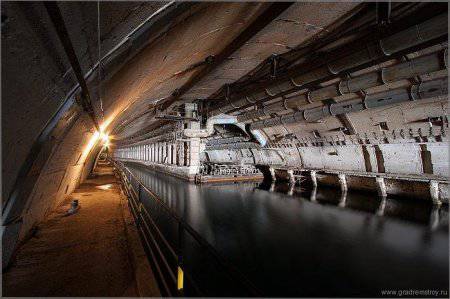
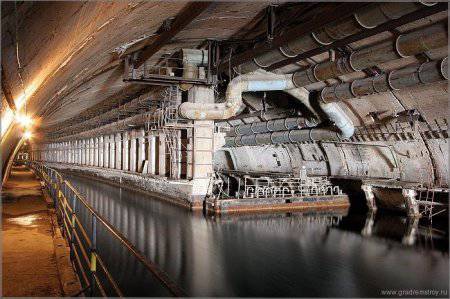
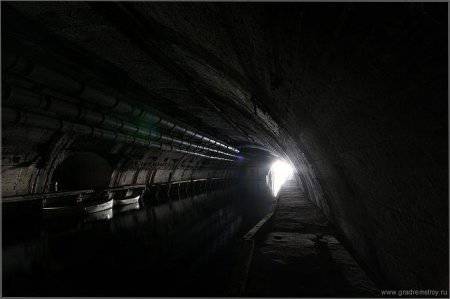
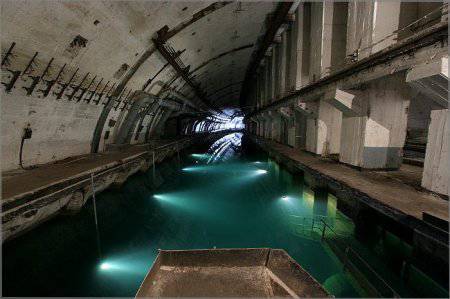
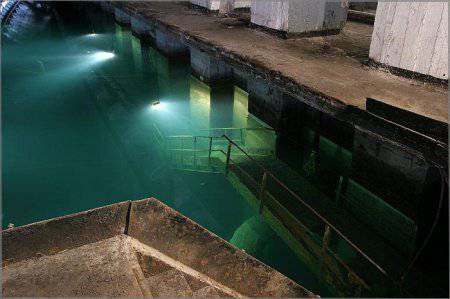
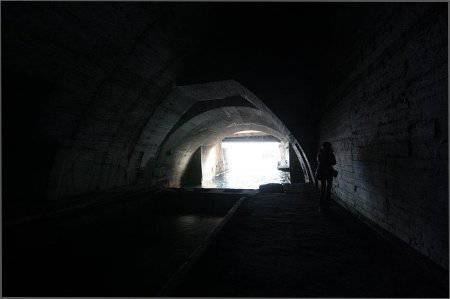
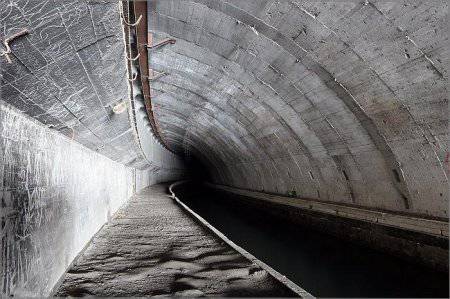
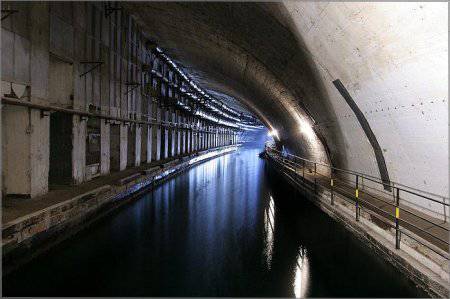
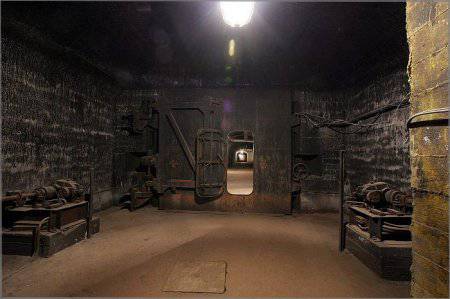
Information